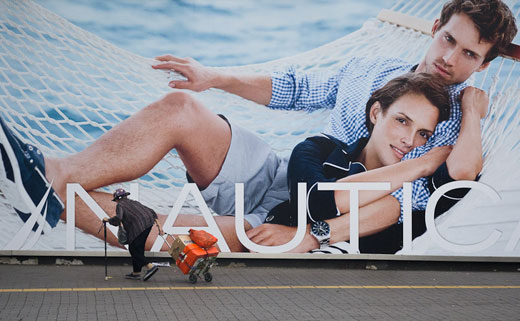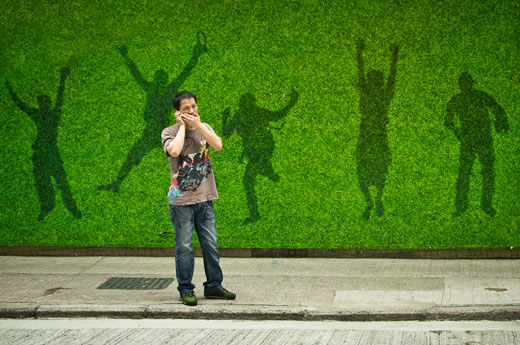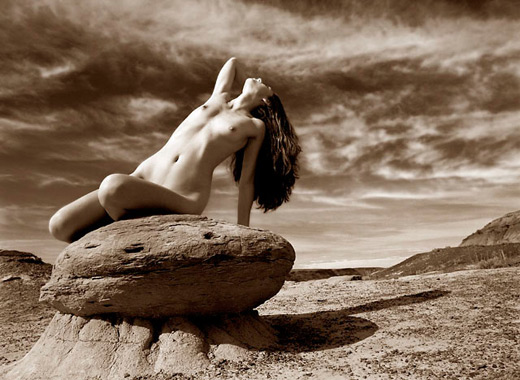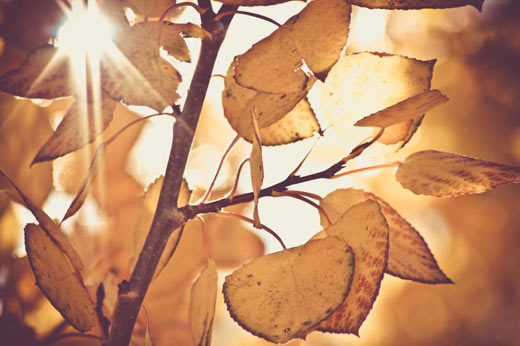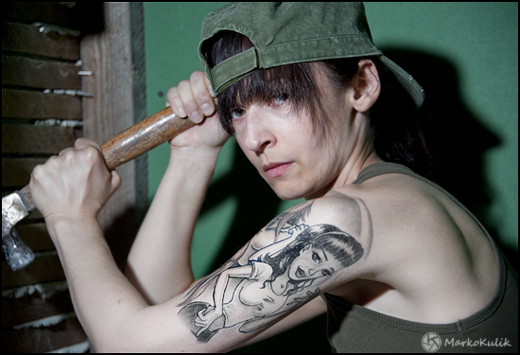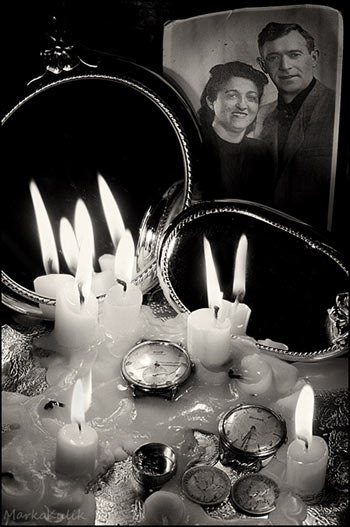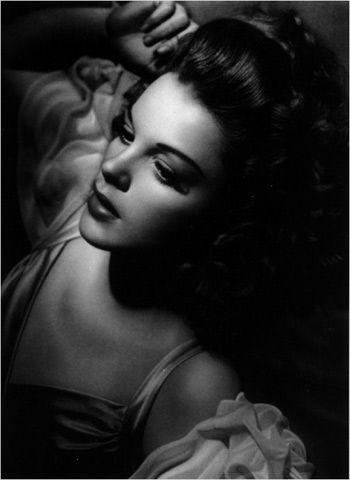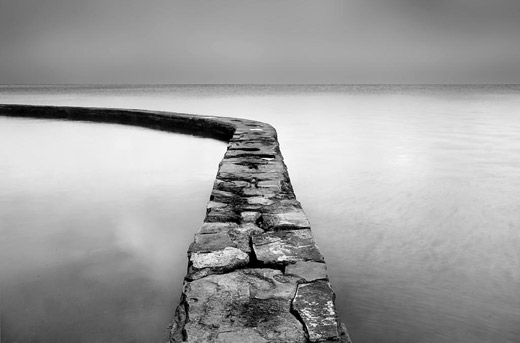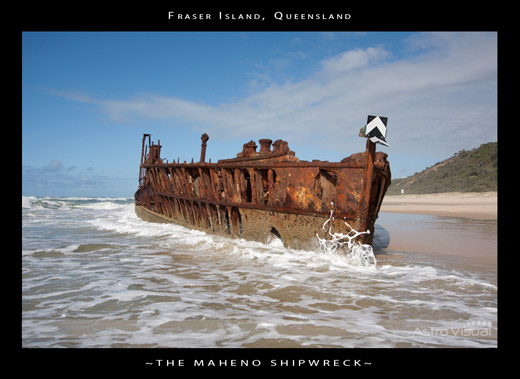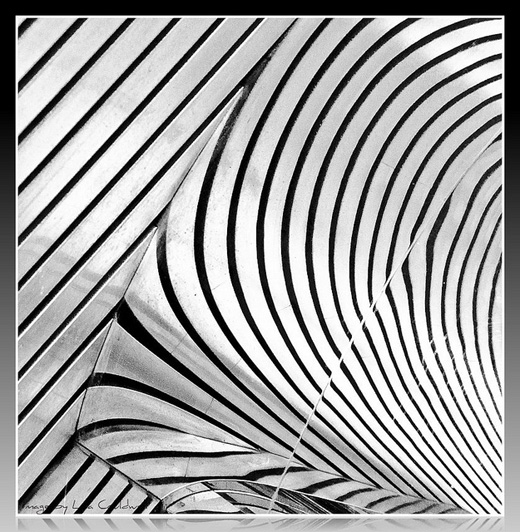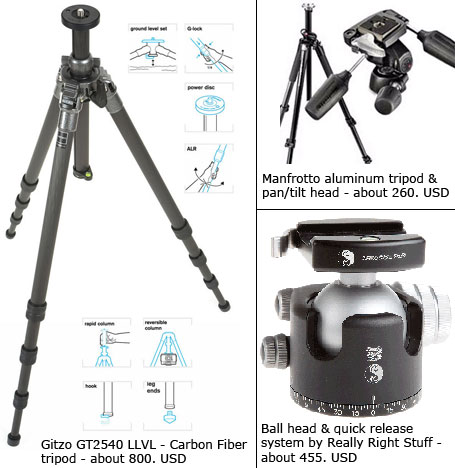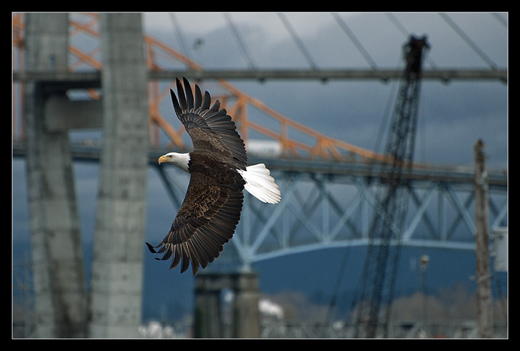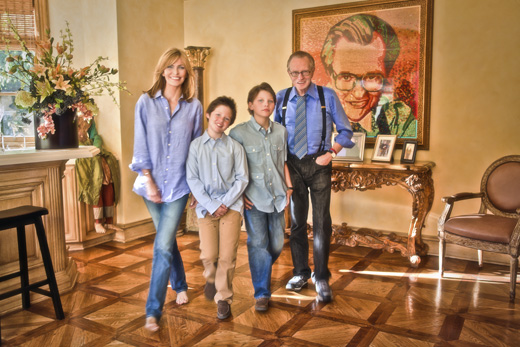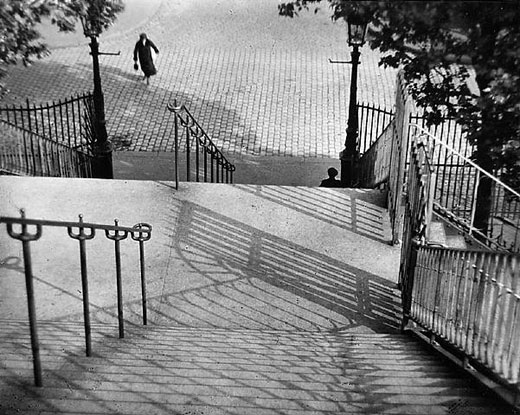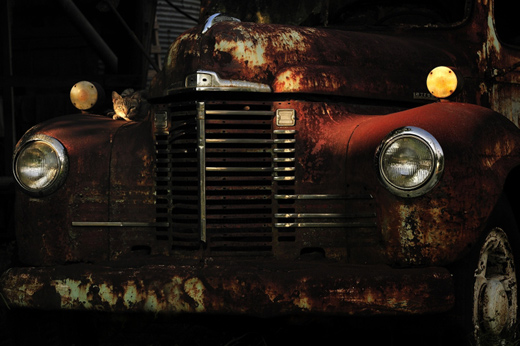Photography podcast #98 talks about why it’s OK to crop photos.
Many photographers on the Net and throughout Photography’s history seem to be against cropping and in this podcast I explain why I am NOT one of them.
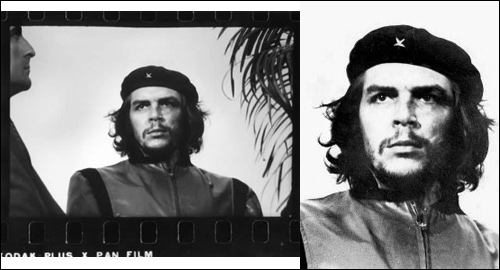
Guerrillero Heroico by Alberto Korda — The cropped photograph of Che Guevara is one of the most recognizable photos on planet earth. Although the original is still a strong photograph, unlikely it would have become the icon it is without the crop.
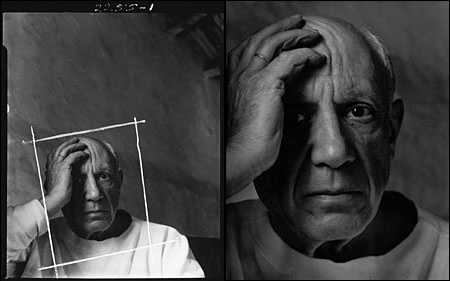
Pablo Picasso by Arnold Newman — Arnold Newman was a strong believer in doing whatever worked to improve his photographs. This obviously included cropping out about 65% of this very famous portrait.
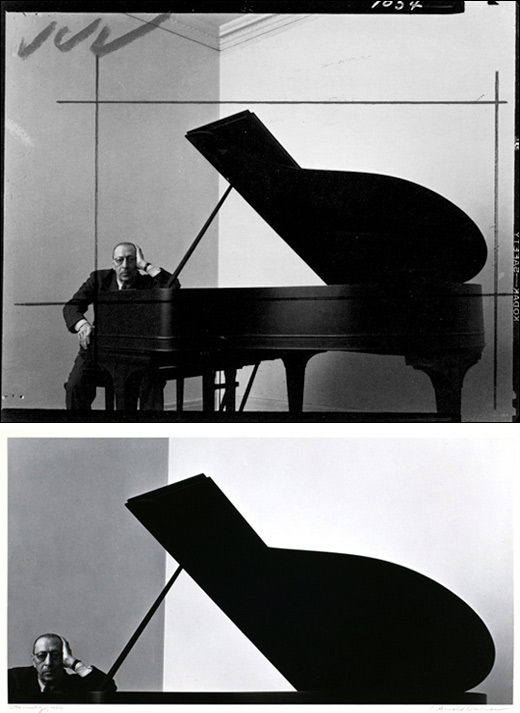
Igor Stravinsky by Arnold Newman — Most people would agree that the cropped version of this photograph is much stronger. In this case, less is WAY more in this unusual but extremely effective crop.
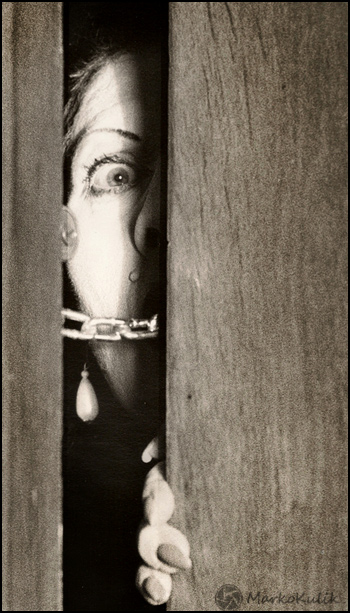
Woman at the Door by Marko Kulik — This crop is unconventional and deliberate but I feel it helps the image and that’s the only reason it’s there.
Links /resources mentioned in this podcast:
July’s regular assignment on the Photography.ca forum — My city OR my country
July’s level 2 assignment on the Photography.ca forum — Creative use of my country’s flag
If you liked this podcast and want to review it on Itunes, this link gets you to the main page
If you are interested in writing for our blog please contact me photography.ca ( A T ) G m ail Dot co m (using standard email formatting)
Please join the Photography.ca fan page on Facebook
My Facebook profile — Feel free to “friend” me — please just mention Photography.ca
My Twitter page — I will follow you if you follow me — Let’s connect — PLEASE email me and tell me who you are in case I don’t reciprocate because I think you are a spammer.
If you are still lurking on our forum,
feel free to join our friendly ![]() Photography forum
Photography forum
Thanks to forum members Jimmy, Scorpio_e, and Brendan who posted blog comments about our last podcast. Thanks as always to everyone that sent comments by email about our last podcast. Although ALL comments are appreciated, commenting directly in this blog is preferred. Thanks as well to all the new members of the bulletin board. Most of the links to actual the products are affiliate links that help support this site. Thanks in advance if you purchase through those links.
If you are looking at this material on any other site except Photography.ca — Please hop on over to the Photography.ca blog and podcast and get this and other photography info directly from the source. |Subscribe with iTunes|Subscribe via RSS feed |Subscribe with Google Reader|Subscribe for free to the Photography podcast — Photography.ca and get all the posts/podcasts by Email
You can download this photography podcast directly by clicking the preceding link or listen to it almost immediately with the embedded player below.
Thanks for listening and keep on shooting!
Podcast: Play in new window | Download
